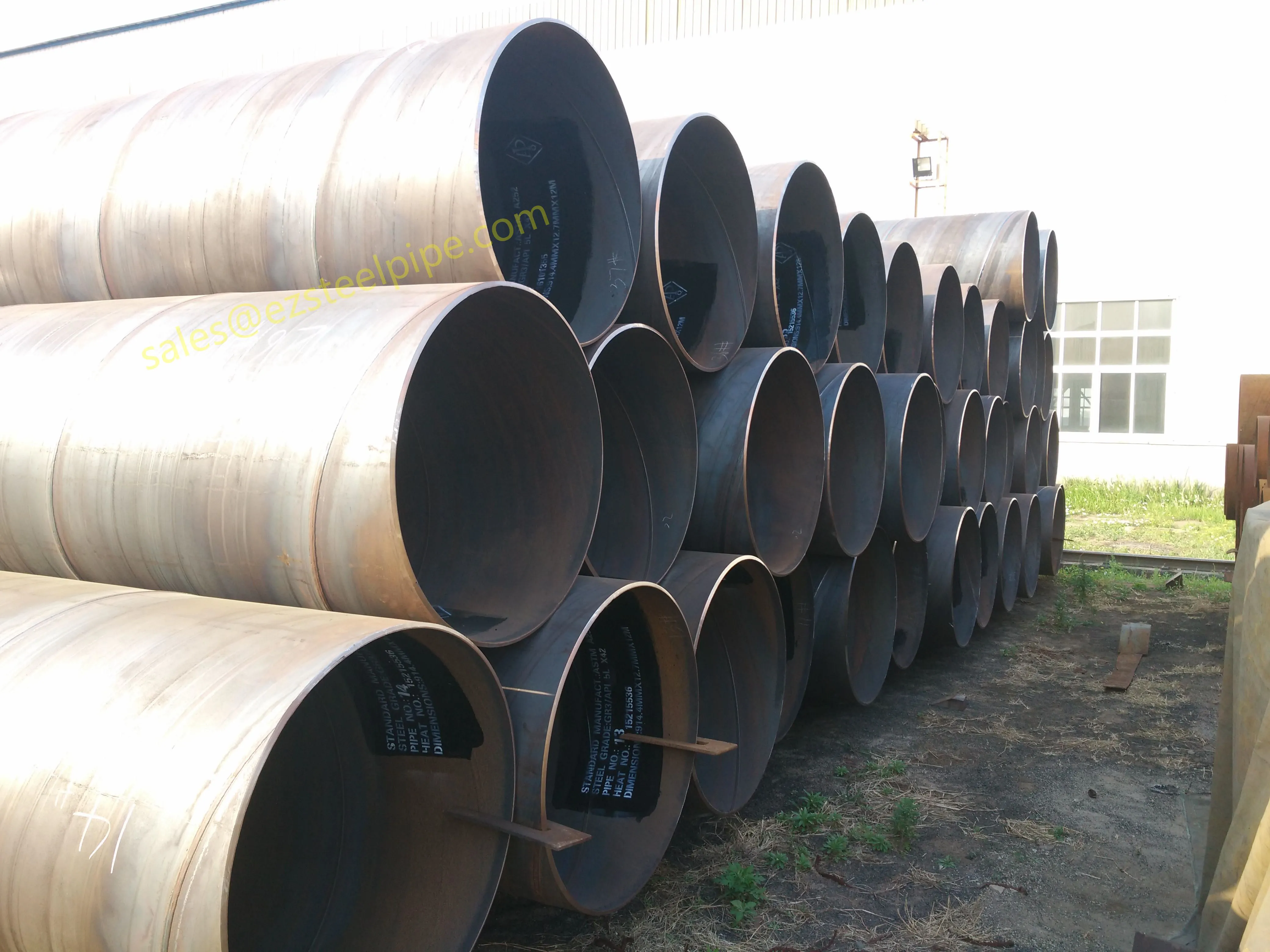 export@ezsteelpipe.com
export@ezsteelpipe.com +86 731 8870 6116
+86 731 8870 6116
The EN 10208 standard specifies requirements for steel pipes used for pipelines in the petroleum, petrochemical, and natural gas industries. Below is an abstract of the latest version (EN 10208:2009), including key aspects such as ordering information, steel grades, inspection requirements, and other main contents.


The EN 10208 standard specifies requirements for steel pipes used for pipelines in the petroleum, petrochemical, and natural gas industries. Below is an abstract of the latest version (EN 10208:2009), including key aspects such as ordering information, steel grades, inspection requirements, and other main contents.
EN 10208:2009 – Steel Pipes for Pipelines for Combustible Fluids
This standard covers seamless and welded steel pipes for pipeline systems transporting flammable fluids (e.g., oil, gas, and petroleum products). It includes two parts:
- Part 1: Pipes of Requirement Class A (Basic quality, lower testing requirements)
- Part 2: Pipes of Requirement Class B (Higher quality, stringent testing for critical applications).
When ordering pipes conforming to EN 10208, the following must be specified:
- Standard designation (EN 10208-1 or EN 10208-2)
- Type of pipe (seamless or welded)
- Dimensions (outside diameter, wall thickness, length)
- Steel grade (e.g., L245, L415, etc.)
- Requirement Class (A or B)
- Delivery condition (e.g., normalized, quenched and tempered)
- Inspection and testing requirements (e.g., non-destructive testing, hydrostatic test)
- Additional requirements (e.g., impact testing at lower temperatures, supplementary chemical analysis).
Steel grades are designated by "L" followed by the minimum yield strength (in MPa). Common grades include:
| Grade | Yield Strength (MPa) | Tensile Strength (MPa) | Application |
| L245 | ≥245 | 415–760 | Low-pressure systems |
| L290 | ≥290 | 415–760 | General pipelines |
| L360 | ≥360 | 460–760 | Medium-pressure systems |
| L415 | ≥415 | 520–760 | High-strength pipelines |
| L450 | ≥450 | 535–760 | Demanding environments |
| L485 | ≥485 | 570–760 | High-pressure/critical use |
Note: Higher grades (e.g., L555, L690) may also be included depending on the version/supplement.
For Requirement Class A (Basic):
- Chemical analysis (C, Si, Mn, P, S, etc.)
- Tensile test (yield strength, tensile strength, elongation)
- Hydrostatic test (minimum test pressure specified)
- Visual inspection (surface defects).
For Requirement Class B (Stringent):
- All tests from Class A, plus:
- Impact testing (Charpy V-notch at specified temperatures)
- Non-destructive testing (NDT) (ultrasonic, radiographic, or magnetic particle inspection for welds/seams)
- Additional mechanical tests (flattening test, bend test, or hardness test if required).
- Delivery condition: Pipes may be supplied in normalized, quenched and tempered, or as-rolled condition.
- Dimensions & tolerances: Compliant with EN ISO 1127 (seamless) or EN ISO 1129 (welded).
- Marking & certification: Pipes must be marked with standard, grade, manufacturer, and inspection certificate (EN 10204 Type 3.1 or 3.2).
EN 10208:2009 is a critical standard for steel pipes in combustible fluid transportation, with Class B pipes undergoing stricter testing for high-risk applications. Key considerations include material grade selection, inspection level, and certification requirements based on operational demands.
Want to order the same ? Contact us Now to send your request.

 Related Products
Related Products